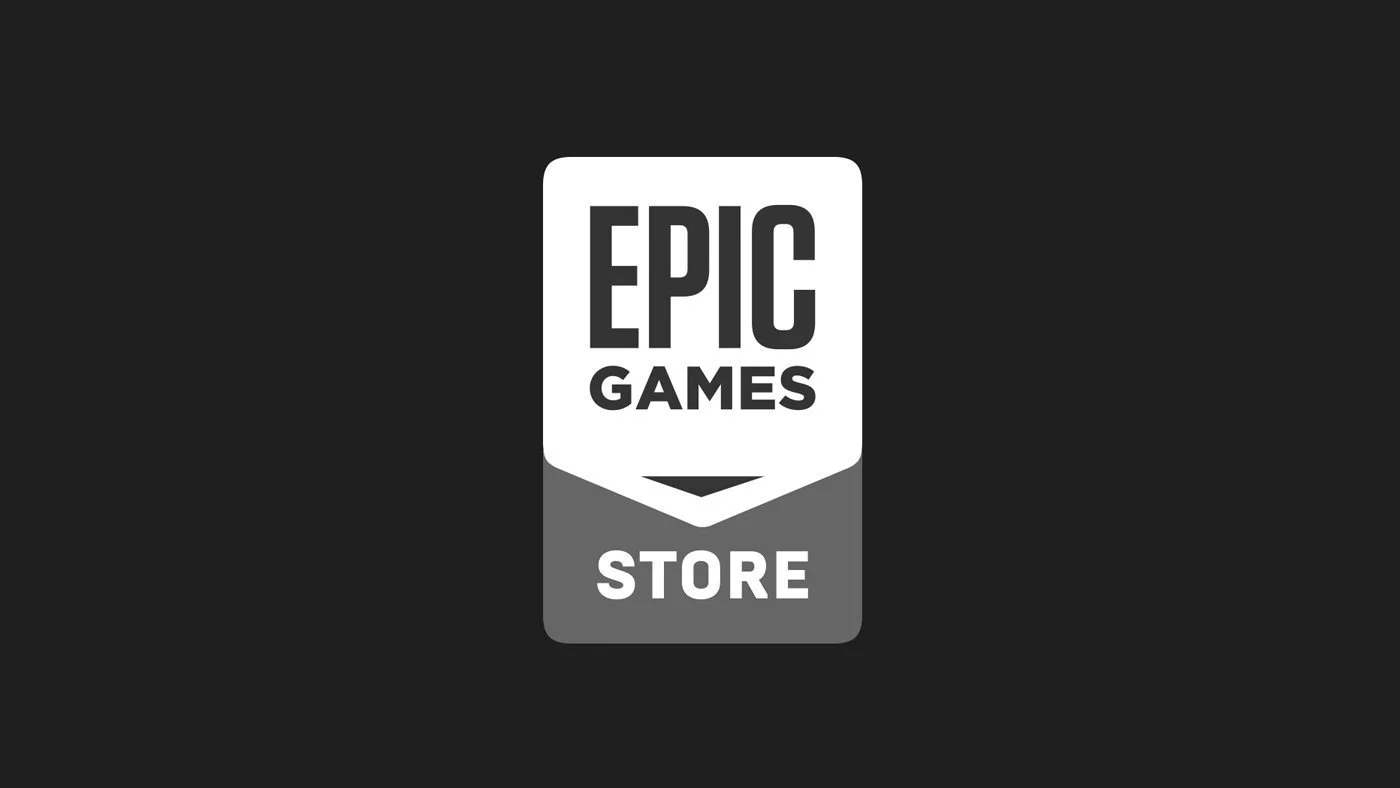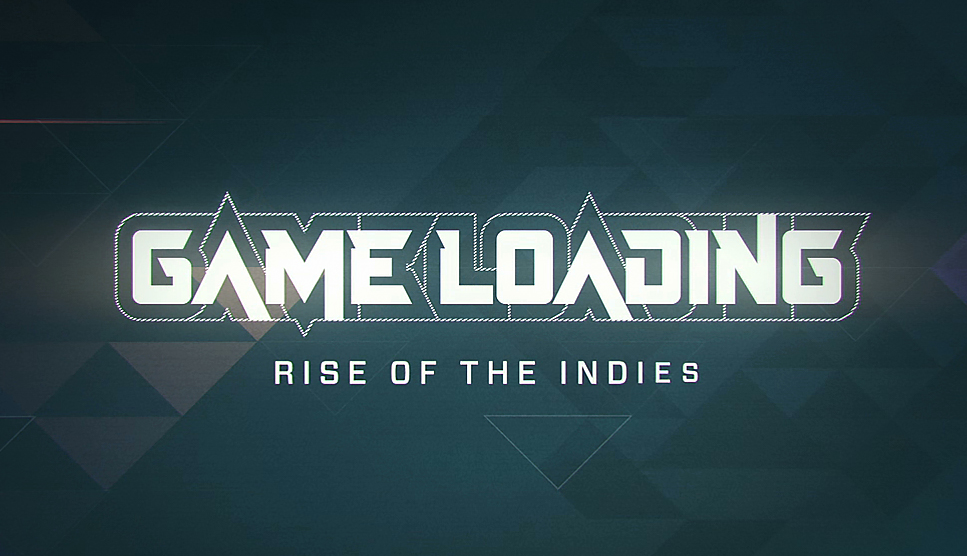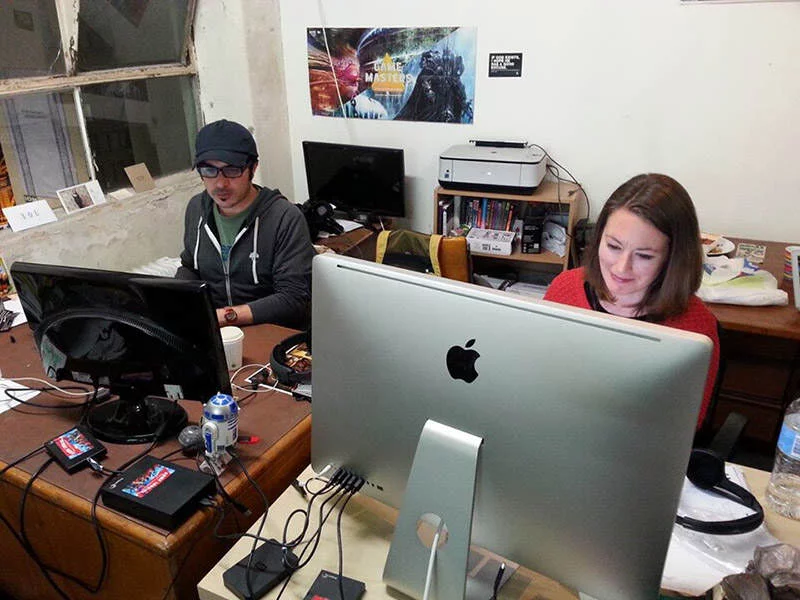A group of Australian filmmakers have released a documentary that explores the independent game development scene from many places around the world. GameLoading: Rise of the Indies features interviews from the creative minds of the people behind games like The Stanley Parable, Cart Life, Papers Please, Armello, Luftrausers, Minecraft and more. Stevivor had the chance to speak to Lester Francois (Director/Producer) and Anna Brady (Director/Producer/Editor) from StudioBento about their new film and the process of getting it made.
Luke Lawrie, Stevivor: Let’s start off towards the beginning. What drew you guys to wanting to create a documentary about video games and the creative people behind them?
Lester Francois: So I have been a gamer my whole life and I’ve been interested in game development for many years as well, then about 3 or 4 years ago I ended up working on a video game reviews show in Australia. We did this field story where we were told to shoot some film about a game studio. So we rocked up and there was this tiny studio with only a handful of people there making an amazing quality game and I was blown away. It was incredible, this small team making AAA quality games, and that’s how I discovered indie games and indie game studios. From there I did further research and found quite a few different indie studios in Melbourne, and I tried to push this story to our producers and they just weren’t interested in all. They didn’t care about indie developers and saw no value or money in it in terms of advertising dollars.
So then I eventually left that show and decided to make a short documentary about indie game developers in Australia. I spent about a year travelling around filming all these different studios and on our travels these studios kept saying, “Hey, you should make this a bigger film and you should go around the world and interview people in different countries, we want to see what’s happening overseas.” That inspired us to make the film bigger and broaden the scope. We tested the waters at GDC in 2013 where we shot some interviews there and discovered this amazing, beautiful games community; not just indie games, but just the games community generally – everyone was really inclusive and really inspiring. We came home and we were convinced to make this a larger film and make it about the international indie scene. Then we had a Kickstarter some time later and eventually we went off for our first block of filming overseas.
Stevivor: Just touching on the Kickstarter a little, it’s obviously been quite a big impact in many creative mediums over the last couple of years, how did you guys find the experience of taking that path of funding the project?
Anna Brady: We found it a really positive experience, it was quite stressful but it enabled us to make our film. We wouldn’t have been able to raise the money without Kickstarter and in addition to the money just having that support network, that community of people behind the film coming with us along our journey has been really amazing.
Stevivor: You mentioned it was a bit stressful. Was there something you maybe would have changed during that process?
Anna: I think it was just stressful because we had never done anything like it before. It was just a whole bunch of new things to learn, and also I was working full-time during our first Kickstarter so it was just Lester doing it all on his own.
Lester: Kickstarter generally is just really stressful; it doesn’t matter if you have a big team or a small team. For the first Kickstarter it was just the two of us, but even with the second Kickstarter – going into that with some experience from the first it was still very stressful; it’s just such hard work. With the first one we started researching it at least eighteen months beforehand and we started planting the seeds a year before our first Kickstarter by setting up our social media, shooting content and putting together a trailer. We had no idea if there was any kind of interest in our film but we were so blown away by all the support from all around the world, and that’s how we built a community through our Kickstarters.
Stevivor: So getting into the film, at the start did you have an idea of what type of narrative you wanted to tell, or did that come while you were filming and starting to put all the pieces together?
Lester: When we set off for our first block of filming we had a script in place. I wrote a documentary script with different chapters that tackled a few different topics within game development. So we had this script in place and then we went and shot the interviews. We filmed a lot of interviews. We were like a vacuum cleaner traveling around the world shooting heaps of stories. We didn’t discriminate between if they were a famous developer or an unknown developer; we just interviewed anyone that we could. But we knew where these interviews would potentially fit in the script, and that really helped with keeping us on track with what we were shooting. Then in the editing phase we cut the first edit according to the script I wrote, and the first edit was very boring… it was pretty bad.
Anna: Yeah it was very long, it was like 2 hours.
Lester: It was way too long. But then Anna went and worked her magic, rejigged everything and moved things around. It’s all still in there, but it just flows a lot better now.
Anna: Originally the film was going to be in chapters, you still kind of see that but now the character arcs are woven in, like Davey’s story – you come back to him throughout the film. I just took the film and moved it around so that you keep coming back to the same characters and get to know them a bit better. What you see now is I think the forty-second version of the film [laughs]. There have been a lot of edits. We have shown it to audiences over and over again to get a bit of feedback on it.
Lester: The first time we showed people, like when Anna says we showed it to audiences, we mean showing our friends and what not back home in Melbourne [laughs]. The first time we showed people there was this awkward silence at the end, and they all just looked around then room… yeah.
Anna: I think it was called a diamond in the rough [laughs].
Lester: But that’s the process of documentary film making and we understood that. We knew we would get there eventually.
Stevivor: In terms of figuring out which developers you wanted to speak to, was it a matter of researching who was out there or more like making contacts along the way who recommended speaking to a specific developer? What was the process like behind that?
Lester: It was a bit of everything. There was a lot of research leading up to our first block of filming and we had a whole list of people we wanted to speak to. But then when we set off to do that first block of filming, life kind of got in the way for all these people and they didn’t end up being available for interviews. So then we had to improvise, which was fine. Luckily we were couch surfing and the very first person we couch surfed with happened to know Richard Hofmeier who made Cart Life. Through Richard we met Davey Wreden, and through Davey we were introduced to all these other developers in Austin. Pretty much being on the road and being in the thick of it you just get to meet people, one person just led to the next person. It was an amazing experience.
Stevivor: The main focus on the film ended up being very personal stories behind these independent studios with small teams. Was there ever any point where you considered talking to some of the larger independent teams like your Valve or Telltale games and their experiences developing games in today’s world?
Lester: I don’t remember, did we ever?
Anna: Yeah we were considering it but I think it was more of an organic process in the end.
Lester: I think there was some bigger studios that we did try to speak to, but I can’t remember who exactly at the moment. I know we did try to speak to Mojang and we did end up getting to speak to Jens who is the current head of Minecraft, I think there were definitely some other developers that we wanted to speak to but they just weren’t available. They were into the project and they were supportive, but there were conflicts in the schedules. We wanted to speak to the creator of World of Goo, who really kicked off the indie movement. For a while that was happening, but then it got to a stage where he wasn’t available. So we did try to speak to some bigger studios, but it just ended up being a problem with scheduling.
Stevivor: There are some great emotional moments during the film like with Trent Kusters walking around PAX showing off his game, or when Davey Wreden is going through the reviews for his game. While things like that are being filmed do you know at that time that you’ve just captured something really special, or is it not until you get back and see it later when going through the footage.
Anna: No you don’t really know in the moment [laughs], until you’ve taken stuff back and are reviewing it. A lot of things that we thought weren’t going to work out to be that great actually turned out to be amazing.
Lester: Yeah like when we were filming Trent at PAX East we were just running around with him and chasing him. In the back of my mind I was thinking, “How the hell am I going to use this?” On the day it was kind of fun and funny, so I am kind of surprised it made its way to the film. But it works perfectly, and at the end of the day in the edit we were serving a story. There were a lot of little moments and characters who we wanted to have in the film but couldn’t make it just because it didn’t fit the story. We were glad that Trent’s moment made it.
Stevivor: So just to expand on that a little bit, are there any plans on releasing some of that content featuring other people you interviewed who unfortunately didn’t end up making it into the film?
Anna: Yeah we shot over one hundred interviews so we are going to be releasing a lot of them as extra content online and we are also going to be releasing two short documentaries. One is about Dwarf Fortress that we shot last year and another one is about the Japanese indie scene. We will just be releasing a lot of short videos similar to the ones we have put up on our YouTube already.
Lester: With the extra content we already have about ninety minutes worth of content which is available for free on YouTube. We’ve also cut quite a few short videos for our backers and then when we release the film on Steam on April 21st there will be two versions. There will just be the film on its own, but also there will be the members’ bundle, which will include the film, e-book, soundtrack and all this extra content. Then we will be drip feeding all these extra videos every month. So we will release one or two videos for about a year for our members.
Stevivor: You’ve spent quite a lot of time with independent game developers by working on this project for a number of years, what’s the biggest thing you’ve taken away from your experience with them?
Anna: The sense of community, they are such a supportive community and it’s been really amazing at our screenings having different communities in different cities show up. It was really interesting to see the Bit Bash people, they organised a Chicago screening and getting to meet all of those people. We just had the L.A. screening and Tracy Fullerton was there introducing it, I don’t think I’ve ever encountered such a supportive, creative community as much as the indie community.
Lester: Anna is right, the game development community is pretty amazing, regardless if you are AAA or indie. Everyone is so supportive and inclusive, you go to GDC and there is no divide between indie and AAA, they all just make games and they all support each other. But also what I found really fascinating with game developers is how seriously they take their craft. As a gamer it’s easy to think that making games is frivolous and fun, but these people take their craft very seriously and put a lot of thought into what they do. It doesn’t mean they are serious people, but it’s not a throw away hobby for them. There is a lot of effort put into what they do, which I found really fascinating. They were talking about really complicated game mechanics and making things appealing to players – it’s a really hard struggle for them. You see them trying to make their games and it ends up being so interesting to watch.
Stevivor: You’re flying around showing off the film at the moment, but what’s the plan once you guys get to settle down a bit? Are you going to take a break at all, or do you have ideas on what the next project for you will be and jump straight into that?
Anna: I think we might sleep for a year [laughs].
Lester: But seriously, we are travelling with the film in the U.S. at the moment and then we head off to Europe. The film releases on April 21st, but we won’t get home until the beginning of May and we will probably take May off and try to relax. It’s been an exhausting tour and we are only half way through! We will regroup after that and might do a bit more travelling this year, we might try and go to E3 and potentially have a screening there – we are trying to sort something out for that. We might try and go to Japan as well for BitSummit; which is an indie games gathering in Japan. There are a few other things happening around the world which we have been invited to, so we still have to further promote the film. But also in terms of future projects we are pretty committed to making more documentaries about games culture and there is already one that we have planned – not so much about indie games but about video games moving to physical spaces. And as we mentioned earlier we have two short documentaries we are planning as well. So we are going to be hanging around the games scene for a few years to come.
GameLoading: Rise of the Indies is available now for digital download through GameLoading.tv, Steam, iTunes, Xbox, PlayStation, Humble Store and VHX.
This article may contain affiliate links, meaning we could earn a small commission if you click-through and make a purchase. Stevivor is an independent outlet and our journalism is in no way influenced by any advertiser or commercial initiative.

























